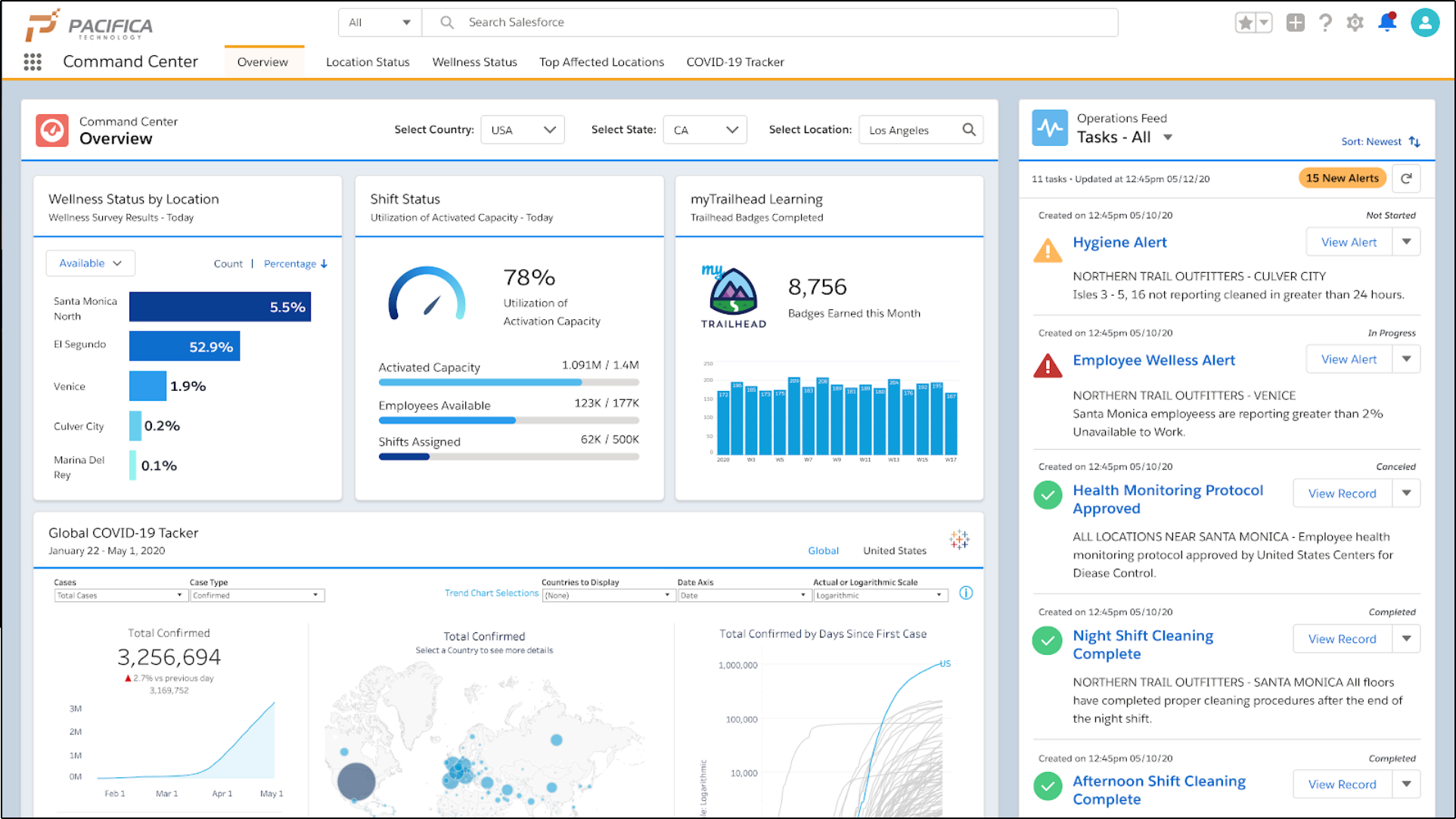Strategic Emergence™ from the COVID-19 Pandemic: Part Three - Technology
This is the third installment of Orion’s Strategic Emergence™ series. The previous installment was Part Two – Process.
Businesses are reopening from the pandemic lockdown. Some states are in Phase I and others have moved to Phase II. The economics are starting to look good, but the emergency rooms are continuing to be crowded. How can the businesses balance health and revenue?
Strategic Emergence™ requires strategic thinking. Organizations need to identify where they are now and what it will take to get through the pandemic. Business leaders need to block time during this pause to think things through. They need to be able to adhere to government mandates and CDC guidelines to create safe workplaces while proactively creating the future for their business.
This is the time to refocus, or increase focus, on the well-being of the employees, which will ultimately create the well-being of the business. Business leaders should re-evaluate processes and procedures to create new “office standards” and leverage the right technologies will help ensure longevity.
People, Process, Technology, Sustainability
From the first day in business, Orion Global Solutions has structured all our services around people, process, technology, and sustainability (for both business and the planet). It is the backbone of how we do business and its relevance could not be more important than it is today.
As a technology advisory firm, we understand the value of automating processes and procedures as well as accurate data and documentation. In their article, The digital-led recovery from COVID-19: Five questions for CEOs, McKinsey and Company reports, “For many companies, the only option is to accelerate their digital transformation. That means moving from active experimentation to active scale-up supported by ongoing testing and continuous improvement. These moves should happen across two dimensions: at the core of the company and through the development of new businesses. Top-performing digital companies take this twin approach.”
Infrastructure for Today (“The Core of the Company”)
Borrowing McKinsey and Company’s “twin approach,” the core of the company, also known as today’s infrastructure, needs to address the health of the workplace.
As employees begin to return to a physical workplace, new technology is required to confirm everyone is adhering to the new processes and procedures created to ensure their safety. They need to consider implementing some of these technologies to create a safe work environment:
Digital Contactless Thermometer
Laptop docking stations
Employee wellness tracking
Shift management
Contact tracing
Work.com, built by Salesforce, includes modules that work together to deliver easy management of a healthy workplace and employee wellness. They reduce the risk of non-compliance to new mandated processes and relieve pressure on the human resources or facilities departments to manage new data. Orion has been an early adoption partner and has invested in bringing our teams up to speed on the product.
The Work.com modules include employee wellness, shift management, contact tracing, and workforce reskilling and are all connected to the workplace command center. This platform enables organizations to easily manage and report on employee wellness data. The system adheres to ADA compliance guidelines to secure employee information and allows for business leaders to take action if an employee gets sick.
Many other technology companies are hard at work creating a multitude of options from free smartphone apps to fee-based “command center” tools. Organizations need to consider the amount of information, time, and effort they need to invest to not only ensure employee wellness and workplace safety, but also to reduce overall risk of illness and potential liabilities.
Homegrown solutions, such as spreadsheets or internal forms are a start. Although they are easy to create and distribute, they can lack the ability to run reports and get a true picture of employee wellness and workplace safety.
In addition to these healthy workplace tools, organizations need to review their full technology infrastructure. When the pandemic started, many businesses scrambled to address the work-at-home mandates, anticipating it was going to be a temporary situation. Now it’s obvious that organizations need to address the ability for employees to return to a physical location, continue to work from home, and a combination of both.
The technology required for successful long-term remote and semi-remote workers typically include:
Hardware
Computer
Monitor(s)
Cables
Camera
Microphone
Smart Phone
Desk Phone – VOIP
Software/SaaS to manage
Documents
Spreadsheets
Images
Presentations
Emails
Calendars/Schedules
Internal Communications
Video Conferences
Accounting/Bookkeeping
Sales
Customer Service
Marketing
Internet
Security
Firewall
Encryption
Anti-virus
Single-Sign On
Virtual Private Network (VPN)
All organizations need their reopen plans to be fluid as CDC guidelines and government mandates continue to evolve. Technology plays a major role in enabling organizations to be flexible as changes happen, both internally and externally. It ensures adherence to new processes and procedures while supporting the maintenance of a safe workplace.
Watch for Part Four of this series – Sustainability. It will cover how the pandemic has reduced carbon emissions and the opportunities for organizations to include more planet-friendly processes as their plan to reopen.

